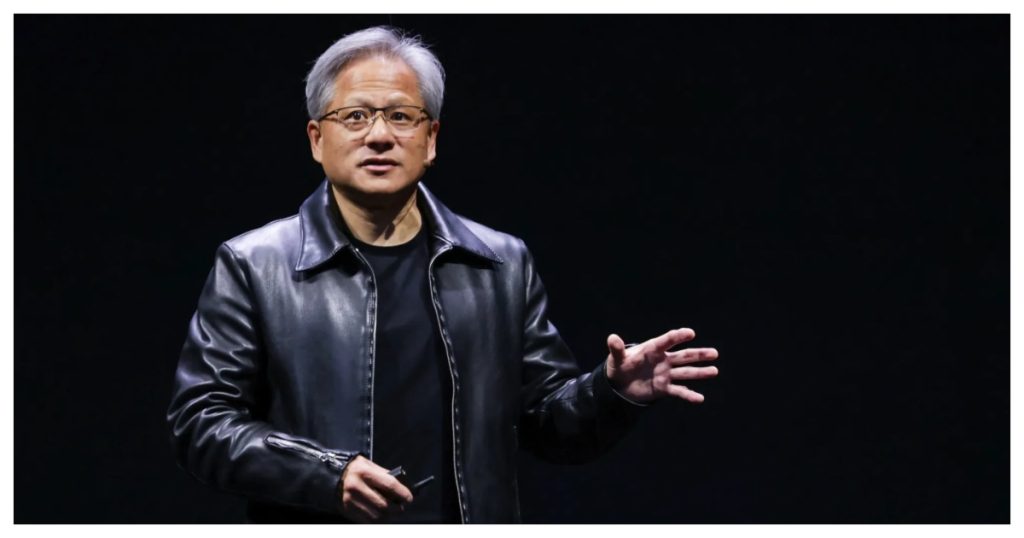The release of DeepSeek had heralded China’s arrival in the field of AI, and led to immediate concerns about the US being upstaged by China in the new technology, but NVIDIA CEO Jensen Huang has a completely different frame on the whole situation.
NVIDIA CEO Jensen Huang says that the release of DeepSeek was, paradoxically, a big win for the United States. “The Chinese AI labs are the world’s leading open model companies,” he explained at the All-In AI Summit at the White House. “They offer the most advanced open models. Open source is fantastic. If not for open source, we know startups wouldn’t exist. To the extent that we believe the future industry is going to be today’s startups, they’re going to need open-source models,” he added.

“DeepSeek, when it came out, was a great win for the United States,” Huang said. “It was an incredible win for two reasons. First, imagine if DeepSeek came out and it only ran on Huawei. I just want us to pretend—use that thought experiment,” Huang continued.
“Now you’ve got two parallel universes. Could you imagine if (open-source Chinese model) Qwen came out and it only worked on a non-American tech stack? Could you imagine if Kimi came out and it only worked on a non-American tech stack? These are the top three open models in the world today. They have been downloaded hundreds of millions of times. The fact of the matter is that the American tech stack being the world’s standard is vital to the future of winning the AI race. You can’t do it any other way. Any computing platform wins because of developers,” Huang reasoned.
Huang seemed to be saying that while China had created powerful AI models, even more crucially, they’d been made open-source. Open-source models are adopted by developers around the world because they can tinker with them and change them as per their specific use-cases. As such, these models have become quite popular and are widely in use in many applications. But even though these models are themselves Chinese, they’re currently running on American NVIDIA GPUs, as opposed to Chinese Huawei GPUs, which are still some way behind NVIDIA’s technology. As such, the US can essentially control where these models are run, through measures like export controls and restrictions on the sale of GPUs to different countries. It remains to be seen how long this advantage holds for — there are already reports that top-end NVIDIA GPUs are being smuggled and sold in China where aren’t officially sold, and Huawei is continuing to work on its own cutting edge systems. But for now, the US — in spite of being behind in the open-source model race — still holds the cards because the Chinese open-source models run on NVIDIA’s hardware.

